Garden maintenance checklist
Use our garden maintenance checklist to keep the outdoor areas and features of your garden in good repair
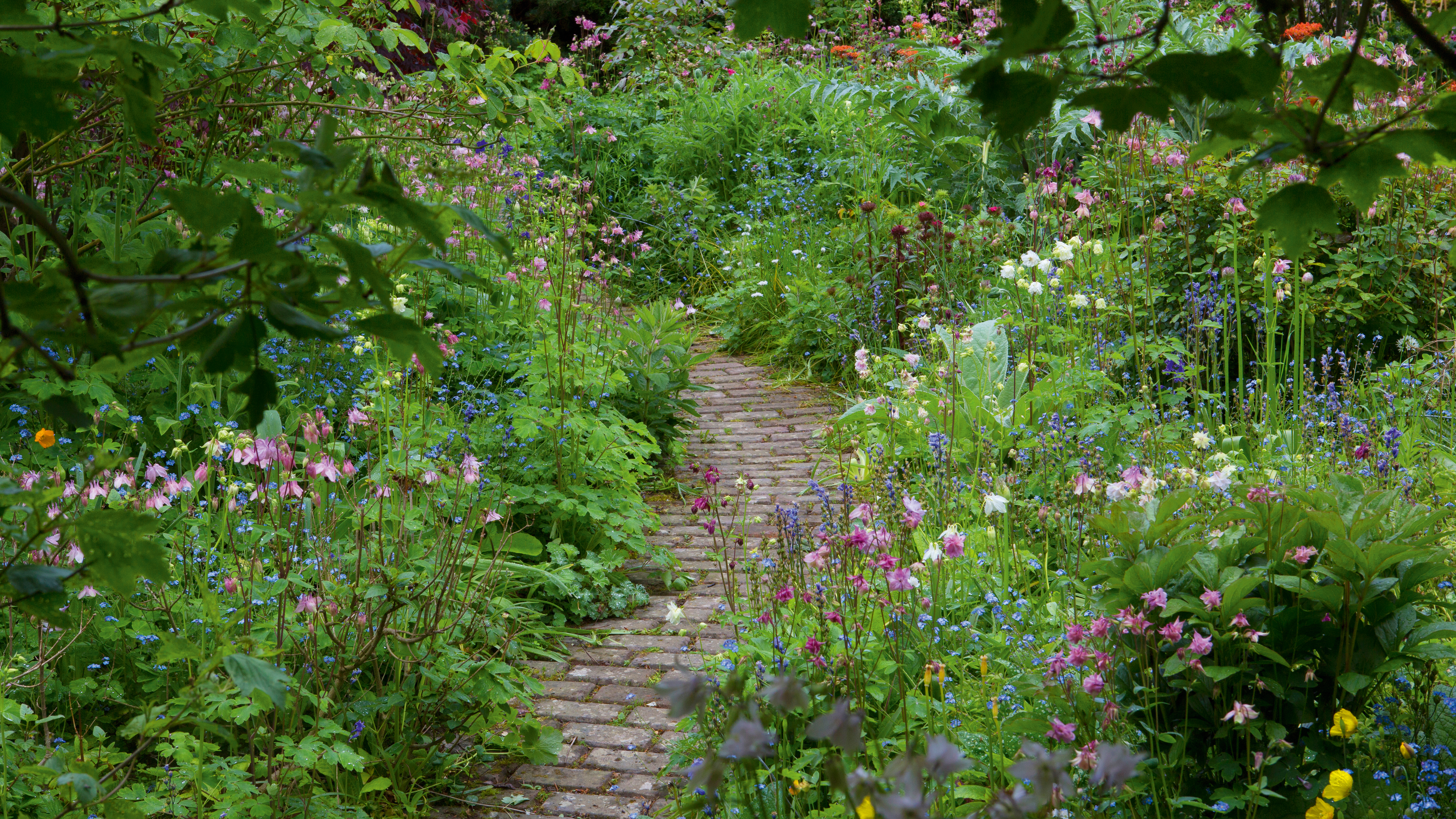
New to gardening? Our garden maintenance checklist will help you keep on top of the monthly jobs you need to do.
Tree roots and shrubs need to be kept under control to avoid damage, while poorly designed paths and other hard surfaces adjacent to a building may contribute to water collecting at the base of walls, resulting in damp inside the building.
Gardens take the full brunt of the weather, so it’s vital to look out for signs of wear and tear on walls, fences and other features and keep them in good order, so that they continue to enhance the setting and character of the home. It’s particularly important to check all is well after a storm.
Bear in mind that paths, walls, structures and items within the ‘curtilage’ of listed buildings are often protected, so permission may be needed before alterations or other work is undertaken.
Read on to find out what other things you need to take care of in your garden, then head to our dedicated garden ideas page for more gardening inspo.
- Perfect your garden design with help from our complete guide.
What to look for in garden maintenance
- Uneven paths and broken paving;
- Garden walls in need of repair;
- Vegetation causing damage to paving and walls;
- Areas that are regularly waterlogged;
- Joinery and metalwork with peeling paint, decay or rust;
- Damaged roofs to outbuildings;
- Blocked drainage gullies.

Garden wall maintenance
Garden walls need to be maintained in just the same way as the walls of a house, and are sometimes more vulnerable to damage as trees and shrubs can grow through them and their tops are exposed to rain and frost.
- Remove vegetation that will potentially damage walls and cut back plant or tree roots that may undermine them;
- Relay loose or missing copping stones and ensure pointing between them is sound
- Replace badly eroded stones or bricks;
- Where necessary, repoint with a lime mortar;
- Dry stone walls, built without any mortar or cement, should be repaired by professional craftspeople.
Repairing garden gates
Gates define the entrance to a garden, so their style and state of repair are important in creating first impressions. If not properly maintained they may stick, squeak or wear.
Get small space home decor ideas, celeb inspiration, DIY tips and more, straight to your inbox!

- Check latches and stays;
- Keep hinges and other moving parts well greased;
- Ease with oil or WD-40 if stuck;
- Paint or refinish;
- Repair damaged sections;
- With metal gates, contact a blacksmith if parts are worn or repairs are needed;
- Ensure house names or numbers attached to gates are clear and readable.
Get more advice on how to clean, repair and repaint old iron railings and gates; or, if yours is beyond repair, find garden gate design ideas to inspire the purchase of a new one.
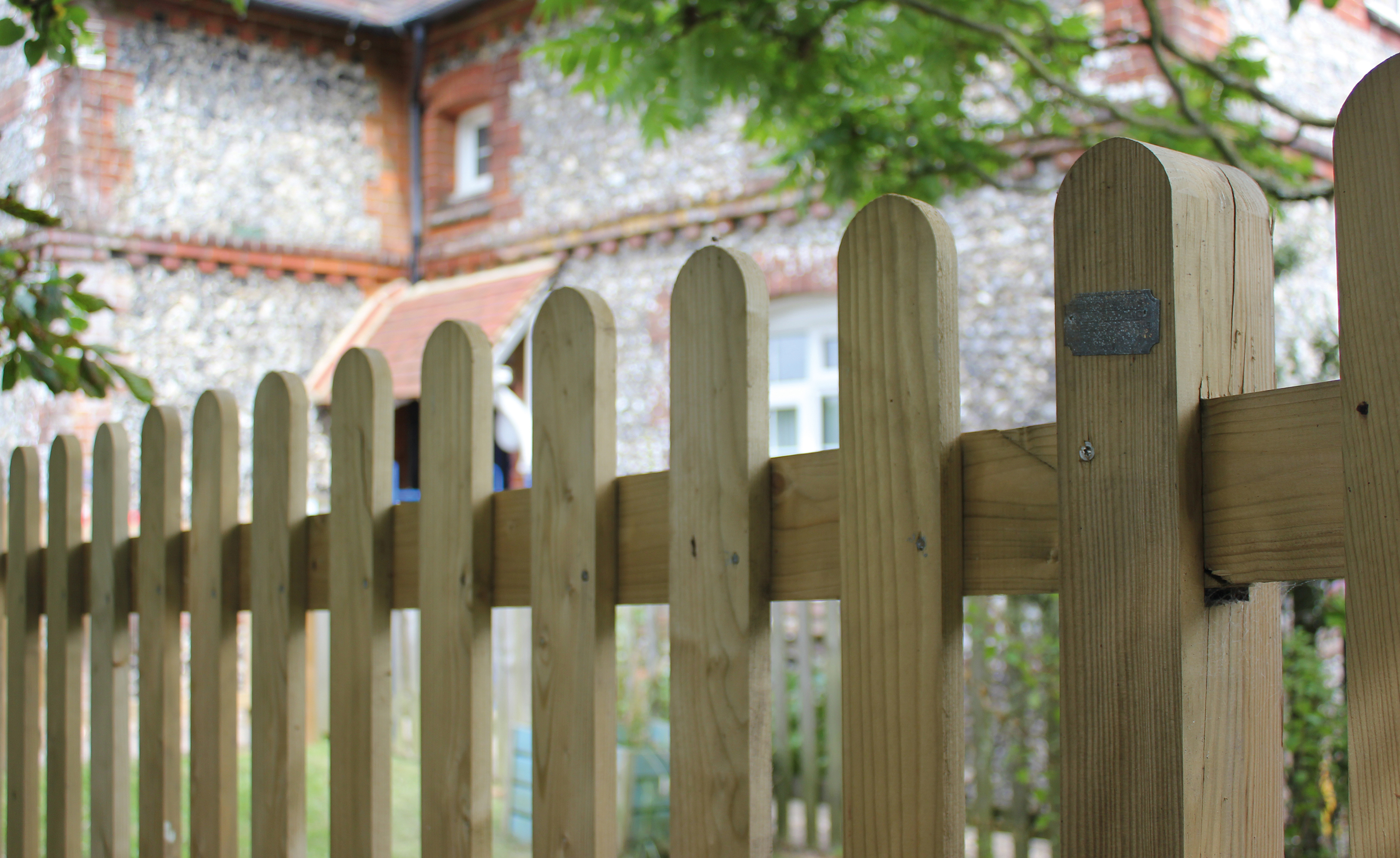
Maintaining fences
Wind damage and rot are the biggest issues with fences, so ensure posts are sound and not rocking, and that fence panels themselves are securely fixed. These garden fence design ideas will help you feel inspired if you need to start from scratch.
- Posts tend to break at the point they enter the ground, so consider either reinforcing with concrete spurs or installing wooden posts on metal spikes so the timber doesn't have direct contact with the ground;
- When replacing posts use pressure treated timber where possible – see our buyer's guide to the best fence stains;
- Periodically treat fence panels and posts with a wood protection product;
- To create a more wildlife-friendly and attractive natural boundary, consider replacing fencing with hedging;
- Replace and repair slipped fence panels.
Garden path maintenance
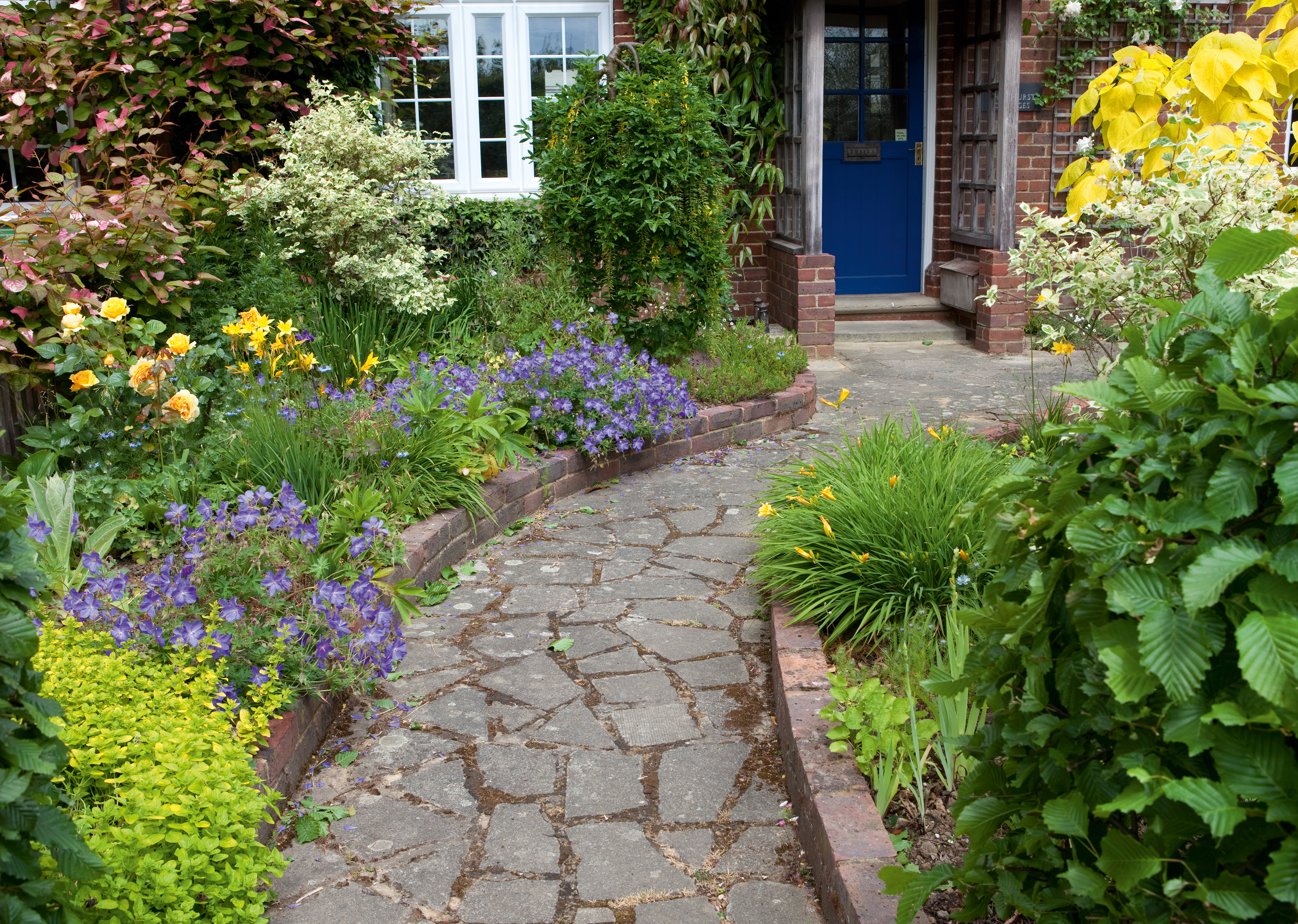
More from Period Living

Period Living is the UK's best-selling period homes magazine. Get inspiration, ideas and advice straight to your door every month with a subscription.
Helping to define the shape and feel of a garden, paths are formed from a variety of materials including slate, shingle, pebbles, bricks and stone, which mellow beautifully with age. The bonding or laying patterns of these materials often reflect traditional styles, and granite setts are sometimes laid in fan formation.
Wherever possible, avoid lifting and relaying an old path because the original character, wear patterns and patina will be lost.
- Straighten and repair edgings that contain the path and keep it clear of soil and debris;
- Relay sections of path that have become loose or damaged over time into a bed of sand or a weak mortar mix;
- Photograph old paths or draw a plan before lifting any parts so that the different elements can be accurately relaid;
- Maintain the path's 'camber' or fall so water is shed efficiently;
- Remove moss and mud that is making a path slippery;
- Avoid using chemical cleaners or high-pressure water jets as they may damage the surface.
Adding new paths as well? Get advice on how to design a garden path. If you're in the market for a bit of DIY, we have step by steps on creating a herringbone path and laying a gravel path.
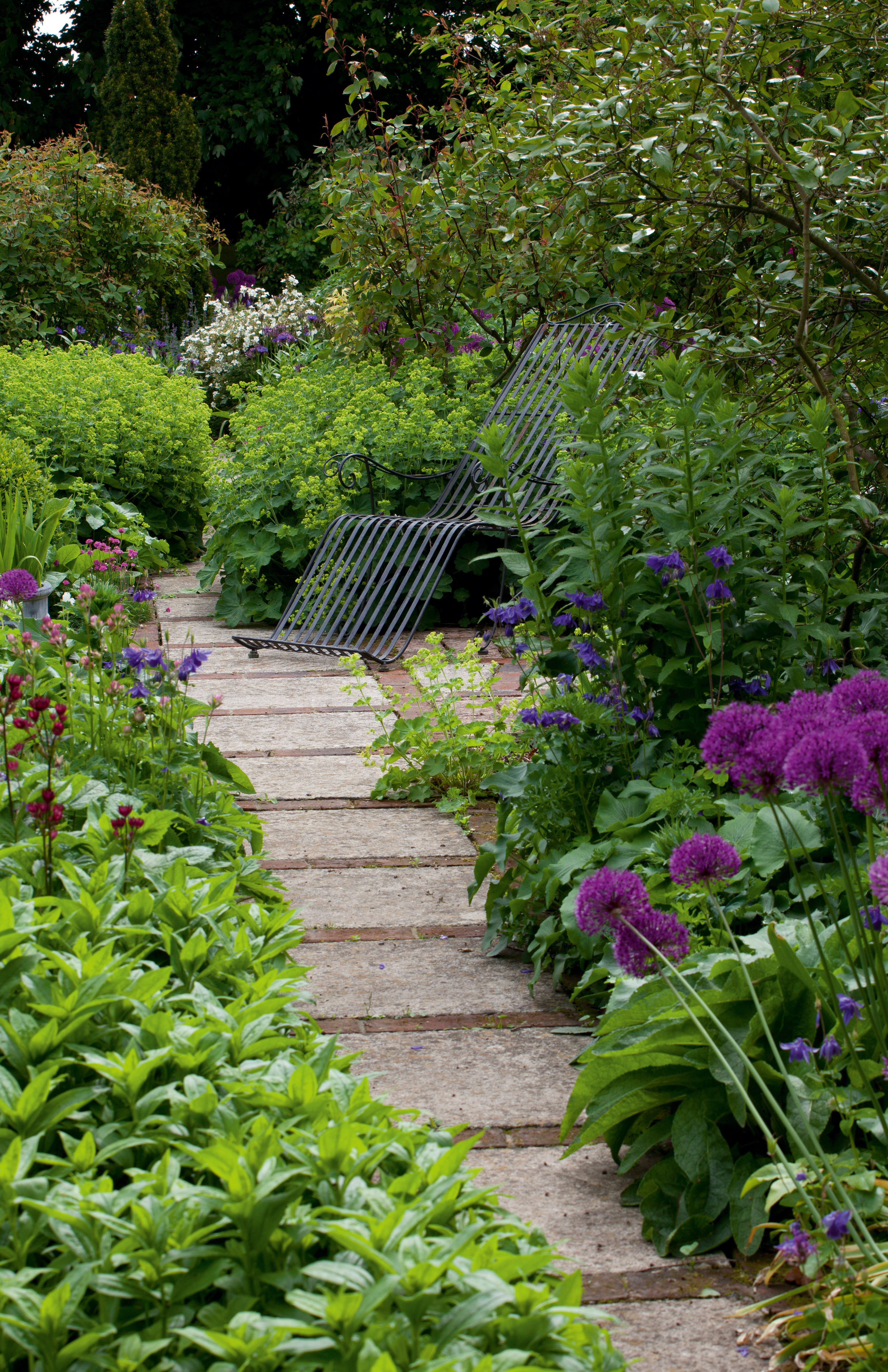
Repairing outbuildings
Historic structures, be they outbuildings, sheds, summerhouses or greenhouses, should always be repaired with traditional techniques and materials.

- Repair joinery items such as windows and doors;
- Check roofs and repair with suitable materials;
- Repoint walls with lime mortar;
- Repoint walls with lime mortar
- Decorate all woodwork regularly;
- Ensure locks work and buildings are secure;
- Clean windows.
If yours need replacing, find out about building a garden room in your garden, and be inspired by these beautiful summerhouses and oak frame garden room designs.
How to check garden drainage
French drains
Where ground is regularly waterlogged, a ‘French’ drain often provides a solution. Constructed using a perforated pipe, wrapped in a permeable geotextile material to prevent it silting, and laid in a trench backfilled with pea shingle, a French drain collects water running over its surface. The pipe carries the water to a soakaway or pond.
The drain may need occasional clearing by rodding or pressure jet so ‘rodding eyes’ should be fitted. When installing one near a building, care should be taken not to undermine the walls, so trenches should be dug a minimum of 500mm from the building and backfilled as soon as possible.
It is vital to ensure that gardens do not become waterlogged and to avoid water collecting around the base of buildings. When damp is identified inside a building, it may be an indication that there is, in fact, a problem outside. Adequate drainage and permeable surfaces need to be provided, particularly where there is rainwater run-off from large areas of paving.
New driveways or replacement paving adjoining public highways may require planning permission and uncontrolled run-off is not usually permissible as it can contribute to pollution of watercourses and flooding.
- Channel water away from buildings;
- Check water butts have an overflow that carries water well clear of foundations;
- Ensure there is a gap to allow water to escape between the base of a wall and any hard surfaces;
- Consider installing a French drain (see box) where the ground is waterlogged;
- Avoid hard, impermeable surfaces;
- Construct paths and driveways of permeable paving or shingle, slate chippings, or other loose materials laid on geotextile landscaping fabric;
- Create a pond to help alleviate flooding;
- Form a soakaway - at its simplest a large hole filled with rubble - to take excess water.
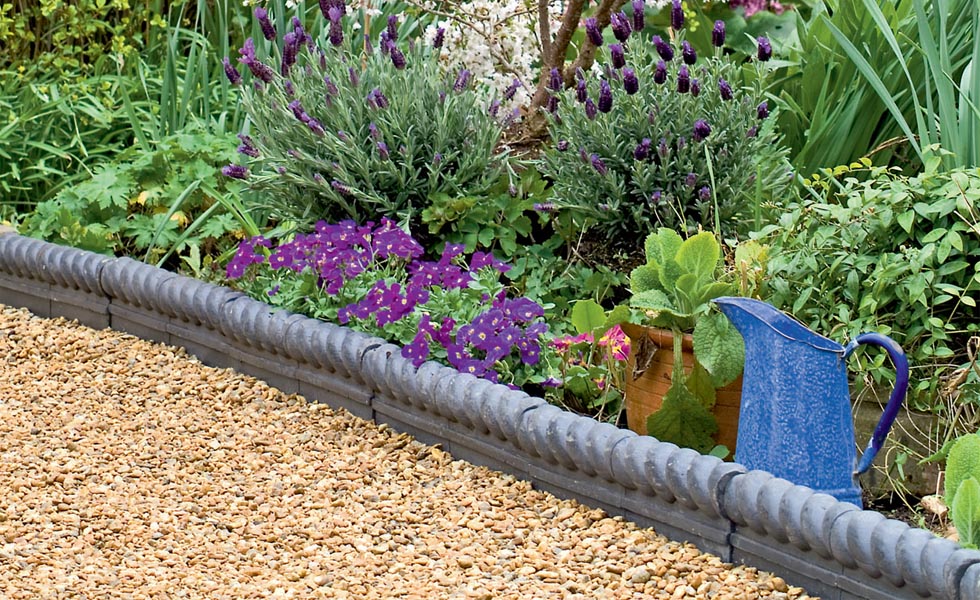
We have more advice on repairing or replacing guttering.
Useful contacts:
British Artist Blacksmiths Association - directory of members.
Chalk Down Lime- natural lime materials.
Chilstone - garden ornaments and stonework.
Coleford Brick & Tile - bricks and pavers.
Dry Stone Walling Association - details of members.
Haddonstone - cast stone products.
H G Matthews - brick pavers.
Lambs - handmade bricks and natural stone.
York Handmade Brick - landscaping products.